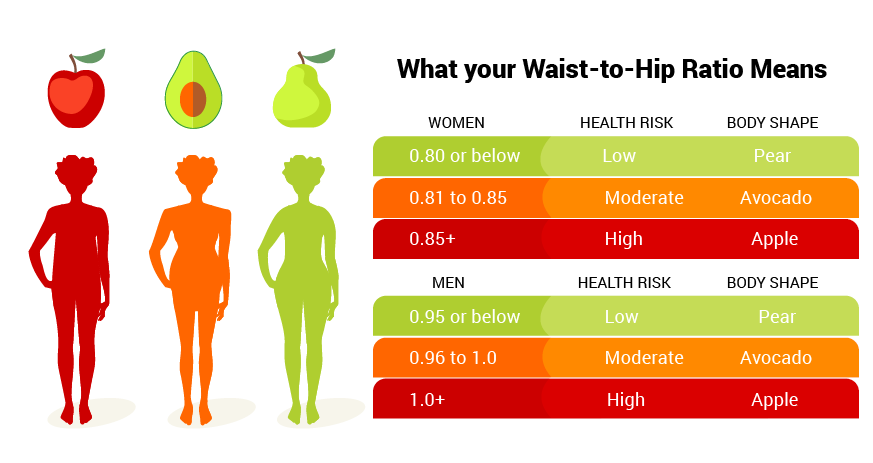BMI
In order to establish your Body Mass Index, which is an indication* of whether you are in the correct mass range for your height, you need to measure both mass and height.
* I say indication because this calculation does not take muscle mass into account. I prefer to look at it as an indication of the mass your body frame can comfortably accommodate before compromising health and wellness.
For mass: remove shoes, jackets and any other heavy accessories (if you're doing this at home, being in your underwear is probably the best way to measure). Place your feet in the centre of the scale (a digital one is best) so that your weight is evenly distributed over the base of the scale. Standing tall and looking straight ahead, have someone read off the measurement to the closest single decimal place.
For height: remove shoes and stand against a height metre that's been accurately placed against a wall or similar structure. With feet together, place the heels directly against the wall so that most of the posterior side of the body is also against it. Standing tall and looking ahead, have someone level the top most part of the head (you can use a ruler running perpendicular to the wall), and read off the measurement.
BMI is calculated as follows: BMI = (mass in kg) / (height in m)(height in m), and the healthy range is between 18.5 and 24.9 kg/m2)
Resting Heart Rate (RHR)
The important thing about this measurement is that it is actually a resting one. This means that prior to a reading being taken, the person must have sat or lay still, without talking or laughing, for 2 minutes.
Find a pulse point (the easiest is the radial pulse in the wrist or the carotid pulse in the neck). Using a stop watch and your index finger (do not use the thumb as it has its own pulse) count the number of pulses you feel in 30 or 60 seconds.
RHR is the number of beats per minute so if you did a 30 second reading, multiply it by 2. Normal, healthy range is between 60 and 80 bpm, but it's generally accepted that the fitter you are, the lower the result.
Waist to Hip Ratio
This result is calculated by dividing the waist circumference by the hip circumference, and is an indicator of cardiac disease risk.

Using a tape measure, determine the girth of the waist at the midpoint between the last rib and top of the hip bone (iliac crest). This is usually the narrowest part of the mid section. Do the same around the hips. Then divide the waist measurement in cm by the hip one to determine the score.


Photographic memory or eidetic memory is believed to be found in 10 percent of the population and is considered a rare event. photographic memory training
ReplyDelete